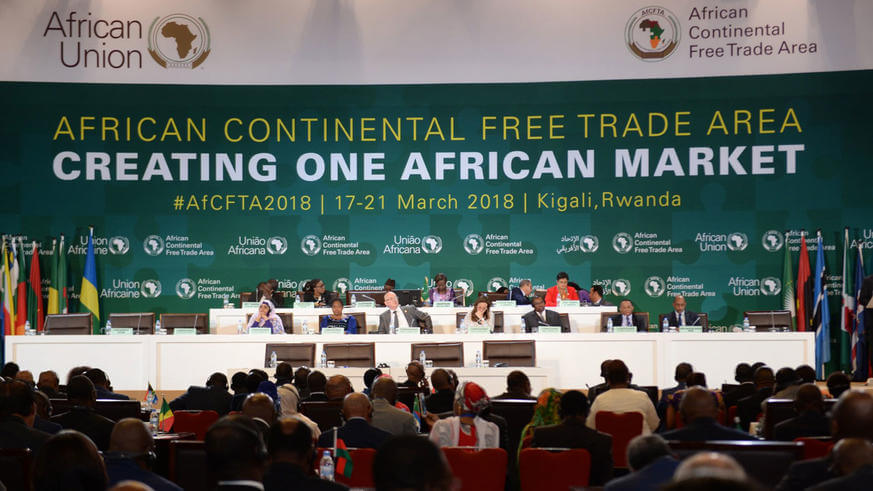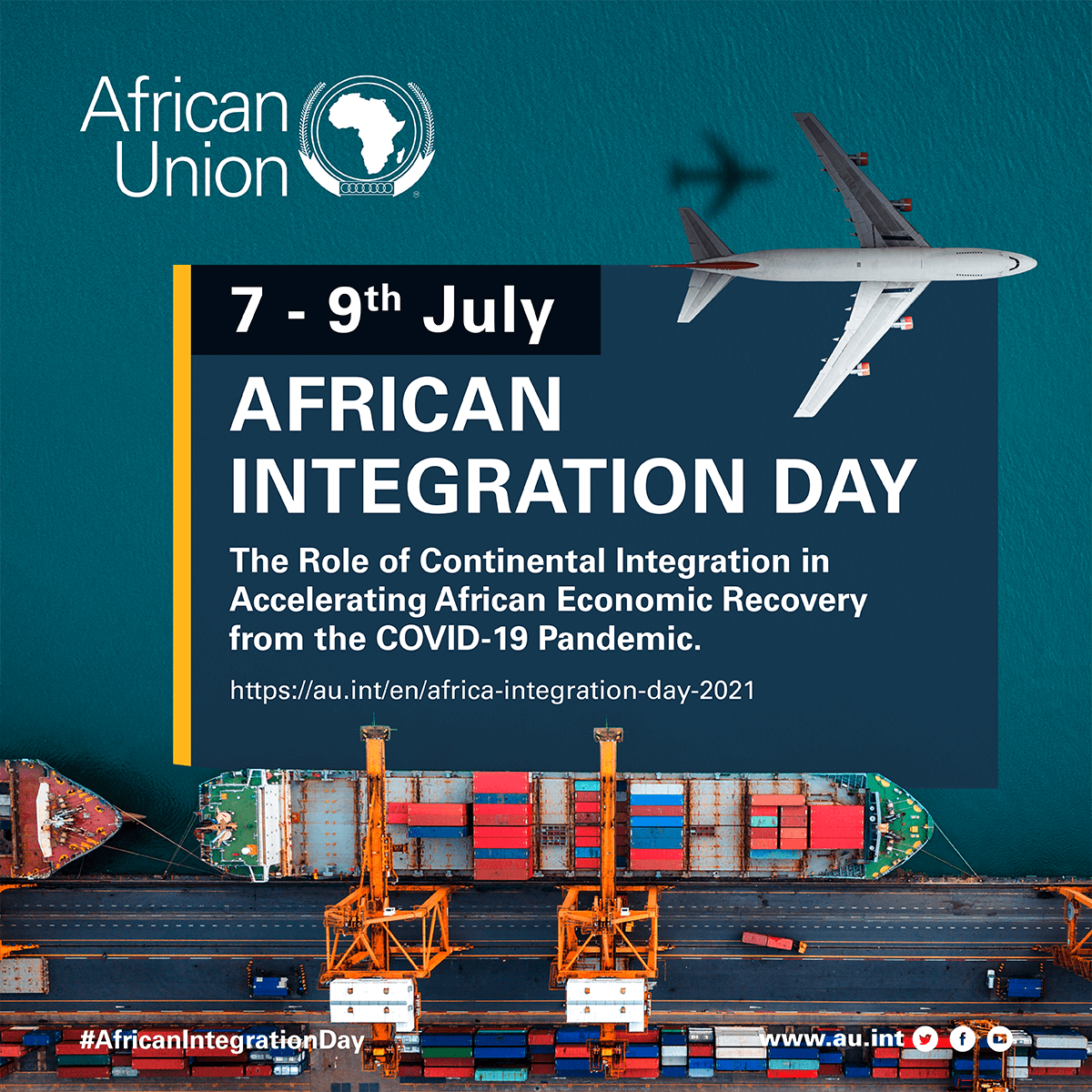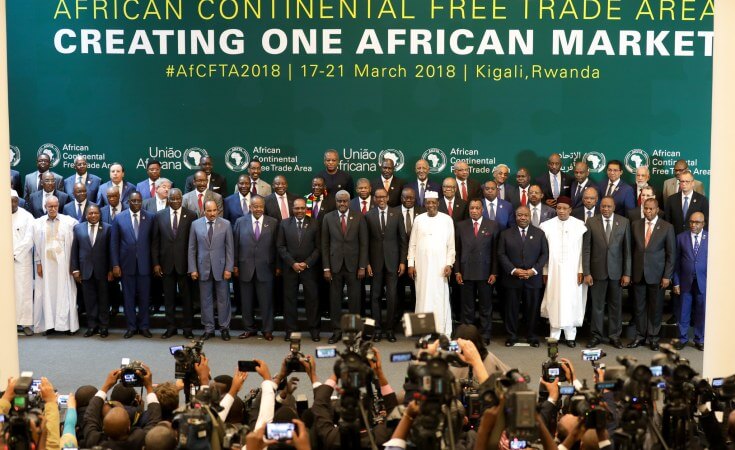Despite agriculture being the backbone of the economy in COMESA, it accounts for only 32 per cent of the region’s GDP. Sandra Uwera, Chief Executive Officer of the COMESA Business Council, says the sector provides a pivotal role as a driver of economic growth in the region. She further highlighted the role of women as a vital link within the chain of agriculture, industry, and trade, noting that three-quarters of the employed women in COMESA work within the sector. They also dominate sub-sectors such as flowers, fresh fruits, and vegetables. Data by the bloc reveals that the sector provides livelihoods for about 80 per cent of the region’s workers, and accounts for about 65 per cent of foreign exchange earnings. The continent, which COMESA Secretary General Chileshe Kapwepwe said last month has the potential to feed its self and export to the rest of the world, has remained a net food importer for the last 15 years. Uwera spoke during the institution’s Agro-industry work group meeting that brought together stakeholders to discuss the progress made on recommendations the group put forward in 2020 and to develop a road map for the activities of 2021. The meeting was attended by various players in the agriculture sector, including dairy farmers, commercial grain farmers, tobacco leaf growers, and manufacturers, from across the region. CBC convened the meeting of the institution’s Agroindustry stakeholders to discuss the progress made on recommendations put forward by the workgroup in 2020, and to develop a road map for...
Agriculture could drive COMESA economy to prosperity: Experts
Posted on: July 21, 2021
Posted on: July 21, 2021























